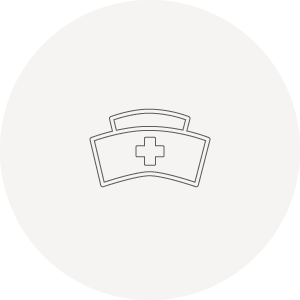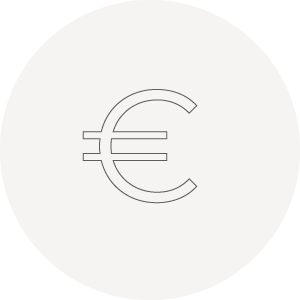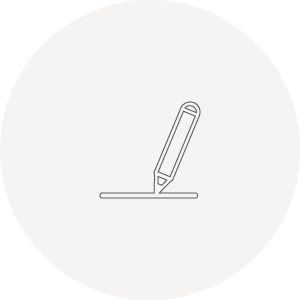What is the mechanism of action of Botox?
The removal of facial wrinkles with Botox works by relaxing the muscles, preventing the overlying skin from folding into wrinkles. Botox is not a filler substance; therefore, wrinkles are not “injected” with Botox.
Pronounced facial wrinkles develop due to the activity of facial muscles. Over years of facial expressions, this repeated muscle movement leads to constant mechanical stress on the overlying skin. In particular, in the connective tissue layer adjacent to the muscles, this frequent activity causes “wear and tear,” which can be further intensified by endogenous (biologically programmed) and exogenous (UV light and environmental) aging processes. Another cause of wrinkle formation is the age-related loss of the skin’s natural elasticity and subcutaneous fat tissue.
Wrinkles therefore result from the interaction of three components:
- Contraction of the skin due to muscle activity
- Loss of the skin’s natural elasticity
- Loss of subcutaneous fat tissue
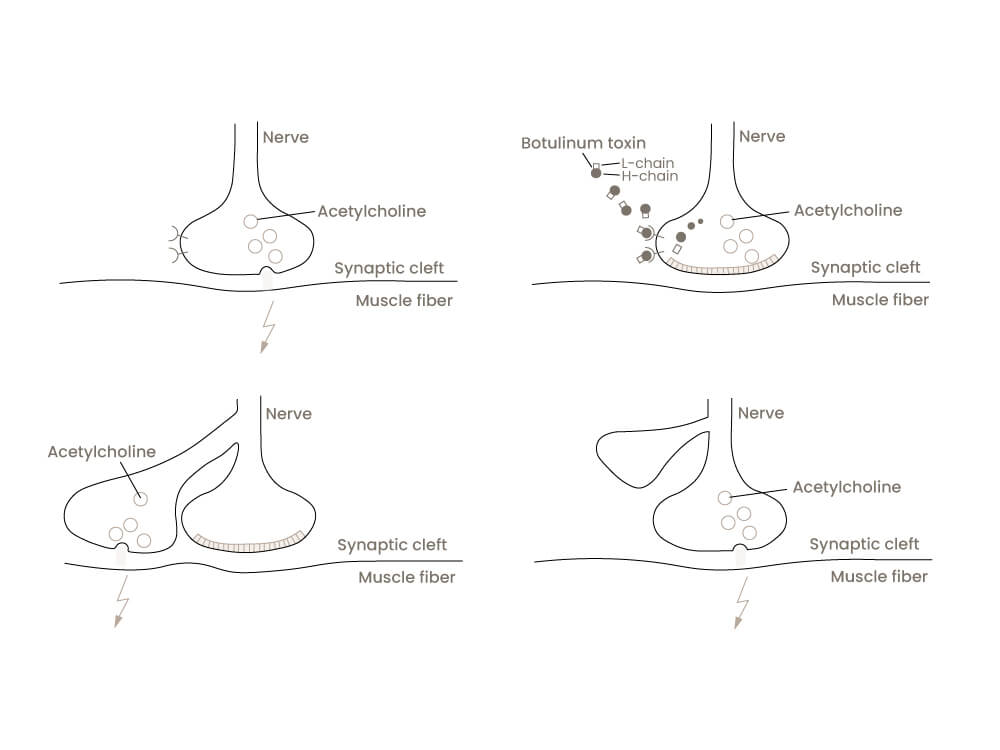
How does Botox affect the muscles, and what is Botox not?
Botulinum toxin (BTX) is a bacterial neurotoxin that blocks the neurotransmitter acetylcholine (ACh). This prevents the transmission of nerve impulses to the muscle, which can then no longer contract. The removal of facial wrinkles with Botox is therefore achieved by relaxing the muscles, preventing the overlying skin from folding into wrinkles.
Botox is not a filler substance — wrinkles are not “injected” with Botox. Wrinkles are filled either with autologous fat or with synthetic filling substances (“fillers”). Where wrinkles are caused purely by muscle contraction (crow’s feet, frown lines, etc.), Botox is the treatment of choice. Fillers, on the other hand, are used where wrinkles are primarily caused by a loss of subcutaneous fat tissue (nasolabial folds, dark circles under the eyes, etc.).
Botox can be used for wrinkle treatment in the following facial areas
- Glabellar region (“frown lines”)
- Forehead region (horizontal forehead lines, “worry lines”)
- Eye region (“crow’s feet”)
- Mouth region (drooping corners of the mouth, marionette lines, smoker’s lines, etc.)
Depending on the region, between three and ten injection points are used to correct expression lines. BTX is particularly suitable for treating the glabellar region (“frown lines”), the forehead area (“worry lines”), and “crow’s feet” (laughter lines at the sides of the eyes, also known as the “periorbital region”).
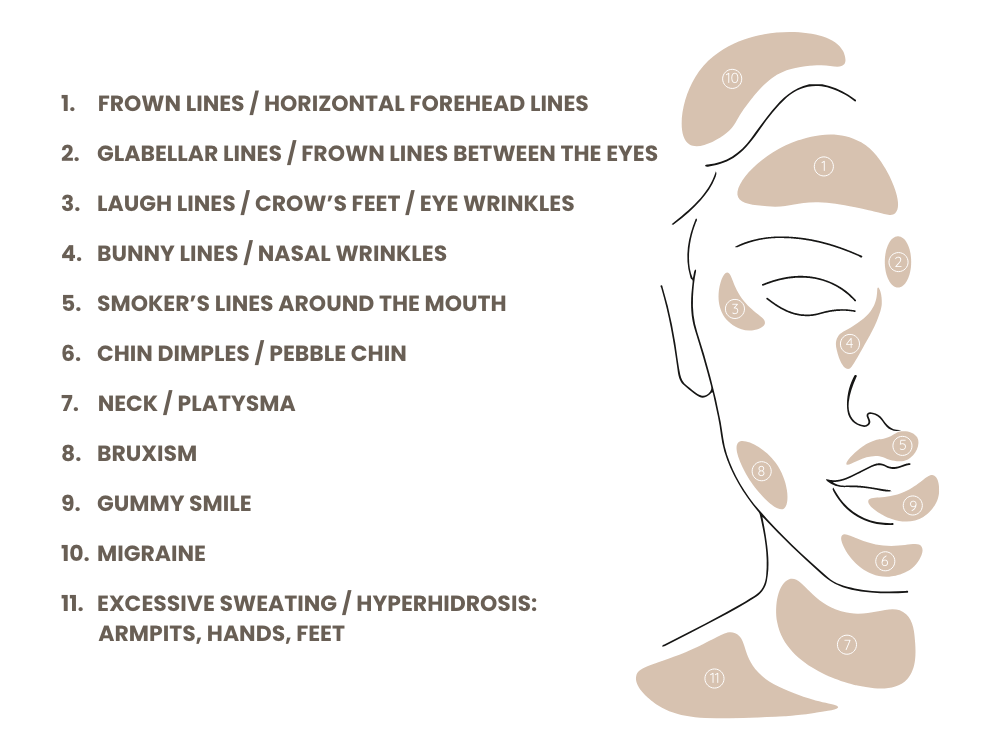
Botox is also used for other aesthetic purposes
- Eyebrow lifting (“chemical brow lift”)
- Radial fine lines on the upper lip
- Raising drooping corners of the mouth
- Excessive sweating in the underarm, hand, or foot area (“hyperhidrosis”)
Botox can also be used to treat excessive sweating in the underarms or hands — a condition known as hyperhidrosis. Although there is no strict threshold for when sweating is considered excessive or pathological, treatment is recommended as soon as it negatively affects a person’s quality of life. Sweat is produced by sweat glands located just beneath the skin.
Sweat glands are supplied by so-called “sympathetic” nerve fibers, which control their activity. The sympathetic nervous system is not subject to voluntary control and therefore functions autonomously (autonomic nervous system – it regulates heartbeat, blushing, intestinal motility, etc.). The amount of sweat secretion depends on the number of nerve impulses reaching the sweat glands. The most common form of hyperhidrosis is one in which the impulse rate of the responsible nerve cells increases measurably, especially under emotional stress. For this reason, this type of hyperhidrosis is also referred to as “emotional sweating.”
When used correctly, BTX is a safe and low-risk treatment that causes neither significant pain nor downtime after the procedure. Moreover, the therapy leads to visibly noticeable improvements with minimal time investment and manageable financial cost.
BTX is broken down by the body within 3–6 months, meaning that any unwanted effects (such as overcorrections) are never permanent.

